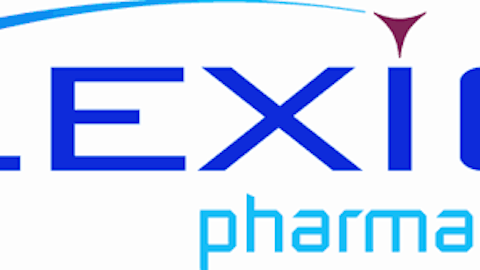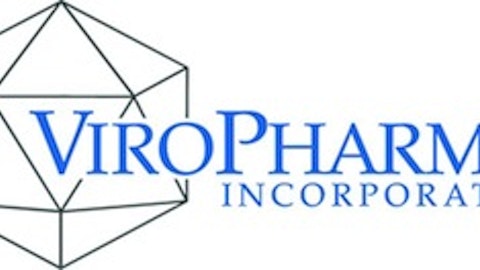There is perhaps nothing scarier than a cancer diagnosis. A study in 2010 conducted by Cancer Research UK demonstrated this to the “T,” when it asked 2,070 respondents what they were most scared of out of a list of 11 choices. Included in this list, among cancer, were being in a car wreck, old age, having a heart attack, and developing Alzheimer’s disease. Needless to say, 20% of respondents (the clear leader of the 11) chose cancer as their No. 1 fear.
It’s not hard to understand why people maintain that fear, as statistics these days demonstrate that men have about a one-in-two chance of developing some form of invasive cancer at some point in their lives, while women run approximately a one-in-three risk. It’s certainly one reason why so much time and money pours into cancer research.

Source: U.S. Army RDECOM, Flickr.
The Food and Drug Administration is attempting to do its part by expediting the review process of drugs that exhibit “substantial improvement over available therapies for patients with serious or life-threatening diseases.” Under this new breakthrough therapy designation, the hope is that potentially revolutionary and curative medicines can be brought to market faster instead of getting buried under red tape.
As you might suspect, cancer is expected to be among the bigger beneficiaries of the breakthrough therapy designation given the life-threatening nature of most cancer types. However, early on (the breakthrough designation has been around for less than a year), no disease looks as if it’s going to be combated head on more than chronic lymphocytic leukemia, or CLL, for short.
Tackling CLL one step at a time
CLL is a slowly progressing disease, often found in older adults, that specifically affects B-cell lymphocytes. Under normal circumstances, B-cell lymphocytes would originate in the bone marrow and go on the produce antibodies that help us fight infections. In the case of CLL, cancerous B-cell lymphocytes grow out of control in the blood and bone marrow, which eventually crowds out red blood cells. Although the median case for survival of CLL is eight to 10 years (depending on staging and variation of the disease, of course), the treatment options currently available leave a lot to be desired.

The next big leap in treating CLL
While the aforementioned therapies are a step in the right direction, researchers understand that we still need to do much better with forecasts from the American Cancer Society calling for 15,680 new CLL diagnoses this year, on top of the roughly 113,000 people CLL already affects. The good news is that it appears a trio of breakthrough therapies could be right around the corner.
Of the slightly more than two-dozen breakthrough therapy designations divvied out by the FDA since its inception, three have gone toward drugs that are CLL-targeted therapies. Let’s have a closer look at each, and see how this could mean big news for CLL sufferers as well as the developing biopharmaceutical companies in question.
Perhaps no company has created more of a buzz among relapsing/refractory CLL patients than Pharmacyclics, Inc. (NASDAQ:PCYC). Its experimental drug ibrutinib, which has received three separate breakthrough designations, wowed investors with its phase 2 results, which demonstrated a 96% PFS at 14.4 months in a 31-patient trial (i.e., only one patient of 31 discontinued due to progression of the disease). The overall response rate in the lower dose group was a whopping 81%, and when nodal responses were added, 87% of patients experienced more than a 50% reduction in lymph nodes. Pharmacyclics, and its licensing partner Johnson & Johnson (NYSE:JNJ), have already filed a new drug application for ibrutinib to treat CLL, and I have a hard time believing it won’t soon find its way onto pharmacy shelves.





